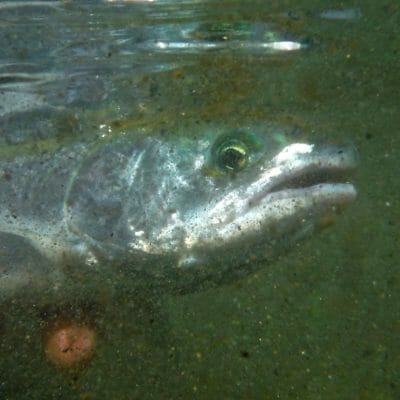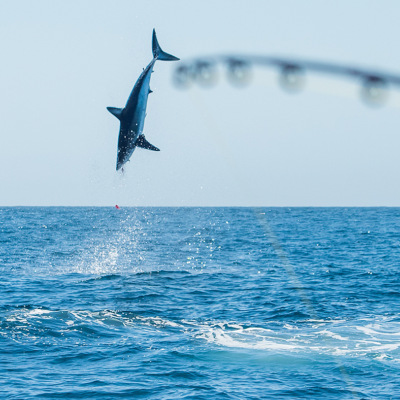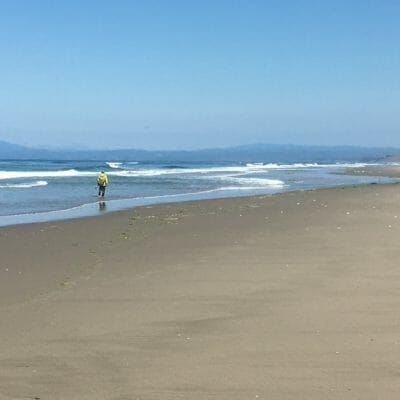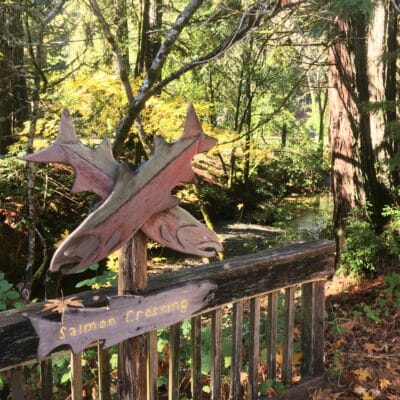170711_TU_FY18_IER_Approps_House_FNL.pdf July 11, 2017 RE: Interior, Environment, and Related: Proposed FY18 Budget Cuts. Dear Chairman Calvert, Ranking Member McCollum, and members of the Subcommittee: I am writing on behalf of Trout Unlimited (TU), regarding Fiscal Year 2018 appropriations for programs within your jurisdiction. These programs are of great interest to TU, and critical to the…
Native: Trinity River ‘half-pounders’

A “half-pounder” steelhead from northern California’s Trinity River. My buddy Sam and I met at the Fly Shop in Redding, Calif., eager to make the springtime drive over the Coastal Range to a little cabin on the banks of the fabled Trinity River. It was the tail end of steelhead season in northern California, and…
TU Councils on national monuments

Want to know what 30 of Trout Unlimited’s state councils had to say about national monuments? Here’s the full text of their official comments, submitted July 10. July 10, 2017 Monument Review, MS-1530 U.S. Department of the Interior 1849 C Street NW Washington, DC 20240 Comments of Trout Unlimited on DOI-2017-0002, Review of Certain National…
Off the deep end

Photo by Al Quatrochhi What does the editor of TROUT magazine do for kicks on a free weekend? Chases 400- to 800-pound mako sharks with fly rods off the coast of California with his buddies. Naturally. Makos eat flies.They run fast. They jump high. They pull really hard. And they can eat you. Best gear…
TU’s Mill Creek project wins Honorable Mention, ICEEFP Distinguished Project Award

TU’s Mill Creek Dam Fish Passage Project, completed last fall, earned Honorable Mention for the Distinguished Project Award at the International Conference on Engineering & Ecohydrology for Fish Passage, held in Corvallis, Oregon, this week. Mill Creek is a tributary to California’s Russian River, an important watershed for endangered coho salmon and steelhead. The project…
Voices from the river: TTGF

The Steelhead Whisperer stalks a lonely Central California beach. By Sam Davidson
Conservation funding powers TU California Water Project success – project profiles

TU’s California Water Project is dedicated to improving stream flows in vital waters for salmon, steelhead and trout across the Golden State. On the coast between Eureka and San Luis Obispo, the CAWP develops and implements innovative water storage solutions with agricultural and residential lan downers to help native coho salmon and steelhead runs rebound…

